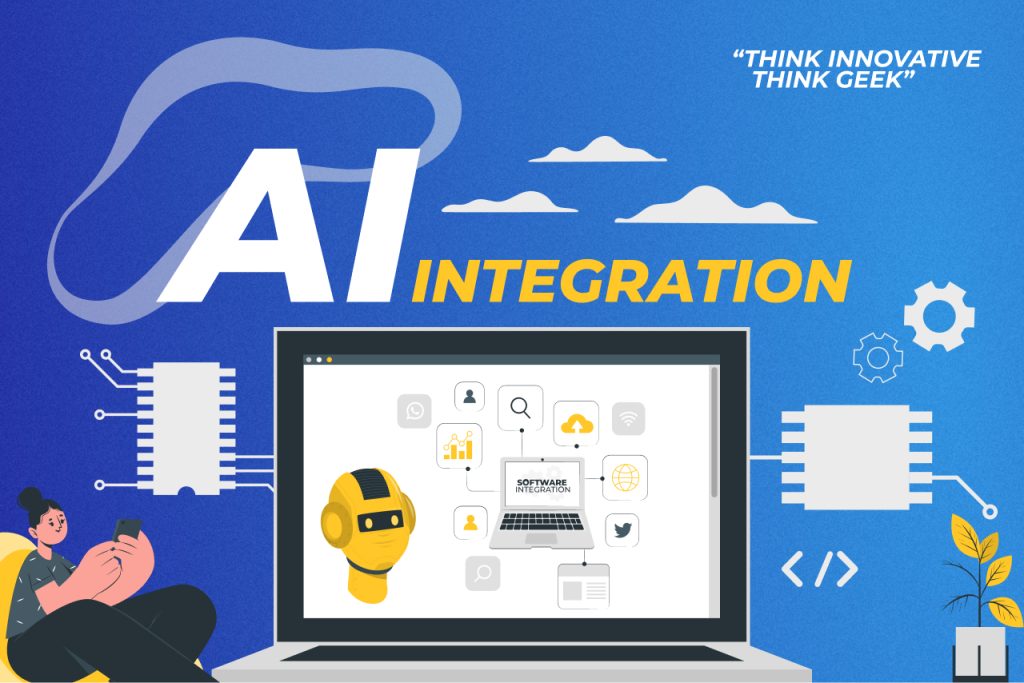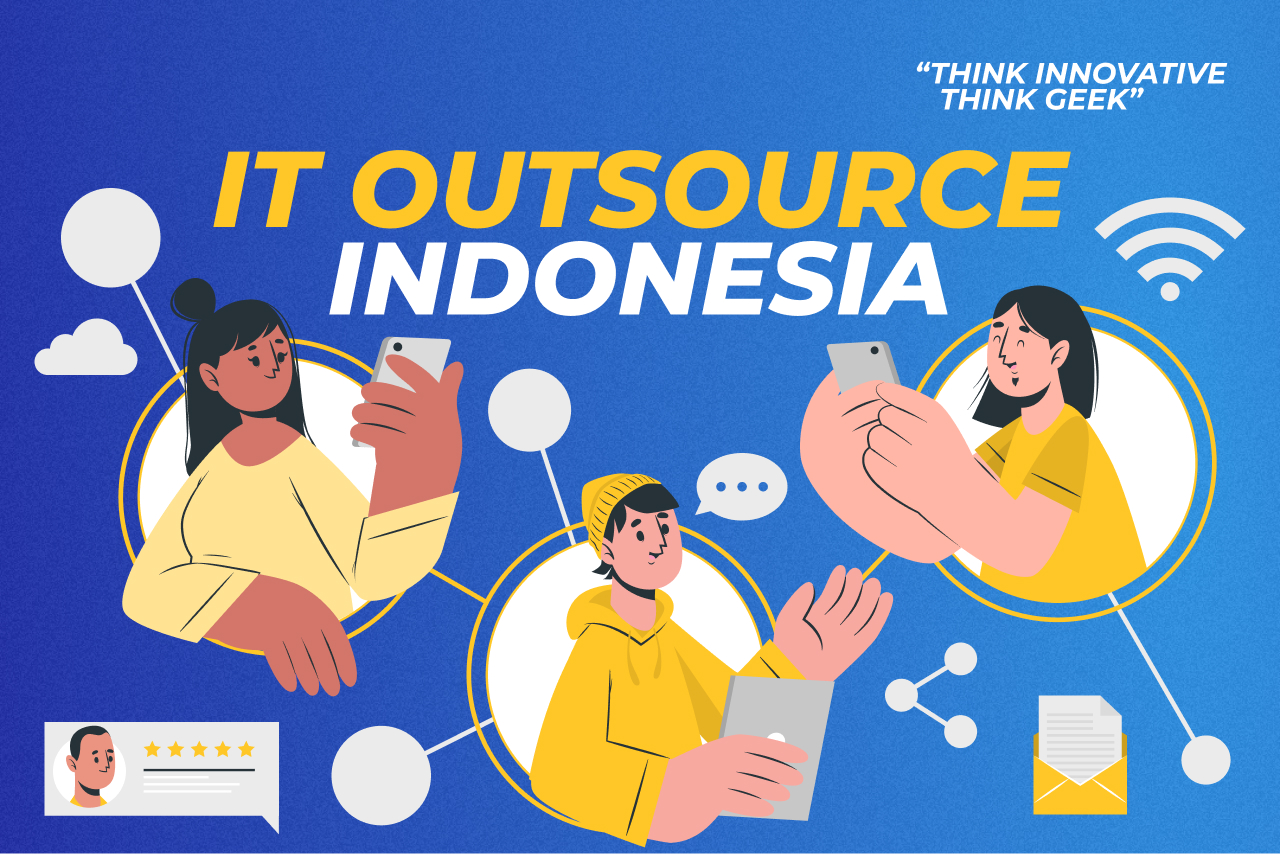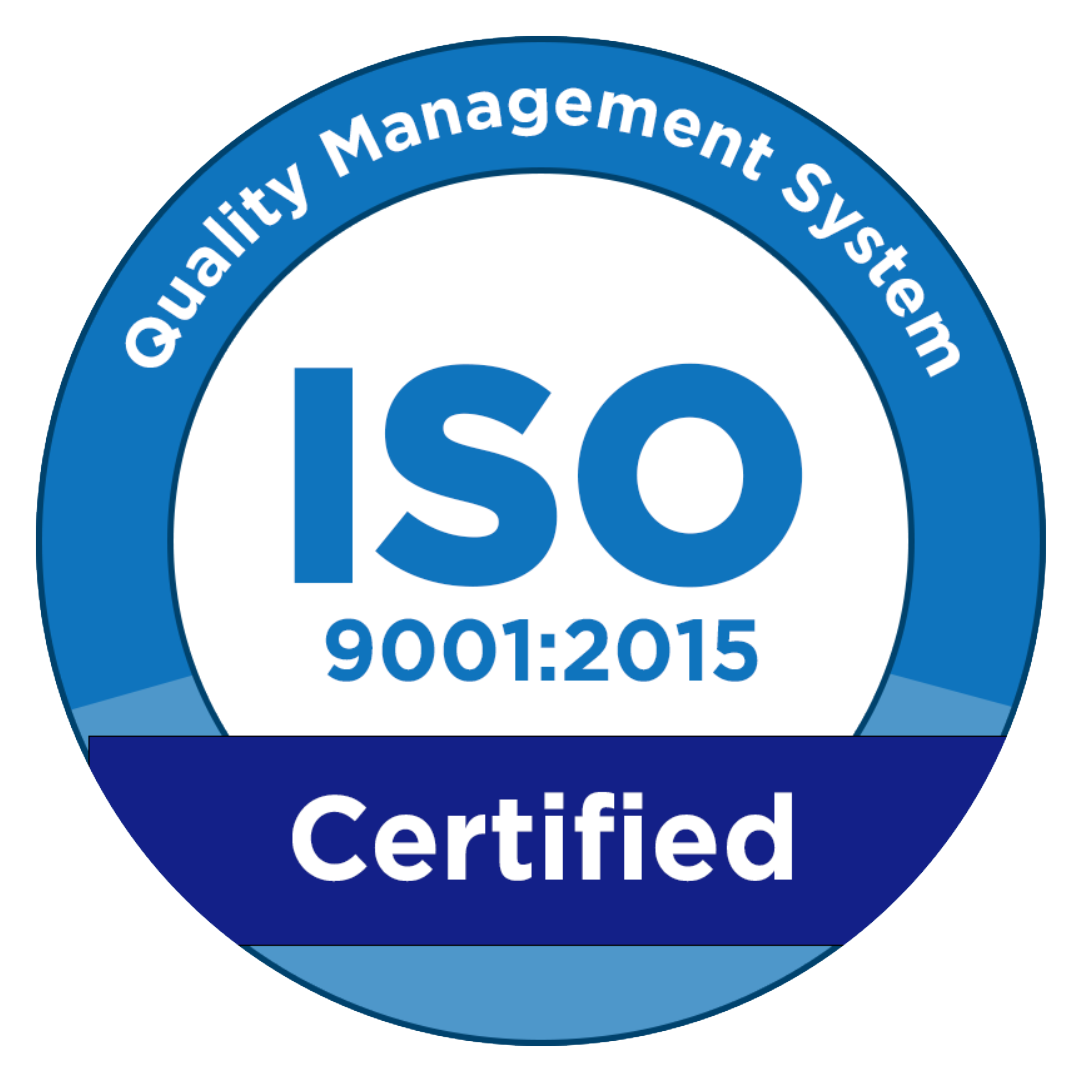AI integration requires careful architectural planning. The API-first integration approach means connecting applications via their respective APIs, while middleware-based integration involves a centralized intermediary platform. These architectures are crucial in AI projects because they affect system performance, security, and scalability. Let’s dive deeper into the differences and characteristics of these integration methods!
What is API-First Integration?
The API-first approach refers to exposing every function or service through APIs, enabling systems to connect directly in a point-to-point manner. In this approach, source and target applications call each other’s APIs without any intermediary layer.
The main advantage is low latency: direct communication allows for faster response. For example, each request only passes through two points, resulting in higher processing speed and minimal latency.
This approach is also relatively easy to implement for small systems with a limited number of direct connections, making the initial infrastructure cost lower.
But, there is no need for additional complex infrastructure like an ESB or gateway, which makes it ideal for prototypes or simple applications.
However, API-first also has its limitations. Each new integration adds another direct connection (point-to-point), causing the number of inter-application links to grow rapidly as the system scales.Security must also be managed individually for each API.
In short, while it provides low latency and ease of implementation on a small scale, API-first integration can become a maintenance burden as the system expands.
What Are the Characteristics of API-First Integration?
So, what are the key characteristics of API-first integration? Here are some of the defining features:
- Direct Connection – Applications are connected point-to-point without an additional layer.
- API-Centric – Every service is accessed via explicitly defined API endpoints (REST, gRPC, GraphQL, etc.).
- Simple for Small Scale – Direct implementation is easy for applications without large infrastructure needs.
- Low Latency – Quick response since data flows through only two systems.
- Distributed Version Control – Each API handles its own versioning without centralized management.
- High Maintenance – Numerous connections mean more elements to monitor and debug.
What is Middleware AI Integration?
Next, what is middleware AI integration? Middleware-based integration uses an intermediary platform (middleware) to connect applications. An example is an AI gateway—a middleware layer that manages all traffic between applications and AI services.
In this architecture, applications and AI models do not connect directly but communicate through a central gateway. The middleware approach helps standardize communication and centralize connection management.
Thus, middleware’s advantages include centralized scalability and management. Adding new services or applications only requires configuring the middleware connection, without altering existing links. Features like governance, access control, and auditing can be consistently implemented in one place.
For AI, middleware also offers specialized mechanisms such as automated model versioning, deployment scaling, semantic caching, and usage monitoring.
What Are the Characteristics of Middleware AI Integration?
Below are the key characteristics of middleware AI integration:
- Centralized Intermediary Layer – Uses a platform as the “middleman” to manage communication between systems.
- High Scalability – Adding new applications is easier as you only connect to the middleware, without disrupting other connections.
- Centralized Management – Monitoring, logging, and alerts are handled in one place.
- Integrated Security – IAM, OAuth, and encryption can be consolidated at the gateway level.
- AI-Specific Features – Includes semantic caching, AI model load balancing, and centralized governance (e.g., audit, cost management).
API vs Middleware AI Integration Comparison
| Aspect | API-First Integration (Direct) | Middleware (AI Gateway) |
| Latency | Lower – direct connection without intermediaries. | Slightly higher – data processed through an additional (gateway) layer. |
| Security | Defined per endpoint – OAuth/IAM must be implemented per API. | Centralized – gateway can apply OAuth, IAM, encryption, and data filtering once for all services. |
| Versioning | Handled by each API – version management is decentralized. | Automated model and API versioning in the gateway, easing rollbacks and updates. |
| Monitoring | Separate monitoring needed per connection/API. | Single centralized dashboard (logs, metrics, tracing) for all integrations. |
| Maintainability | Difficult with many connections – each connection requires manual maintenance. | Easier – changes are made in the middleware only, not on each connection; management is more standardized. |
Ready to Modernize Your Business with GeekGarden?
That’s a breakdown of the advantages and characteristics of API vs middleware AI integration. The API-first approach is best suited for small-scale systems with simple integration needs, offering low latency and ease of implementation.
However, as services grow and systems become more complex, this model can become difficult to maintain and secure.
On the other hand, middleware-based integration offers centralized management, standardized communication, and advanced features that support security and observability. This approach is better suited for large systems with extensive AI integration needs.
Have you identified the differences and advantages of API vs middleware AI integration? Interested in implementing the right AI integration architecture for your business?
So, contact GeekGarden’s expert team for a free consultation. With experience in AI integration and advanced middleware solutions, we can help you design a secure and optimized integration architecture.















